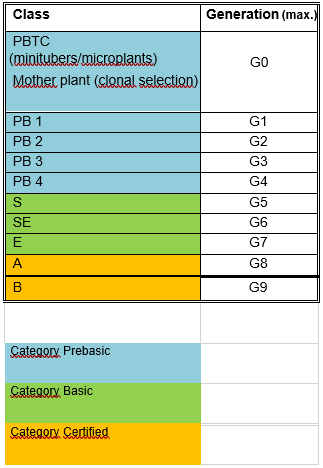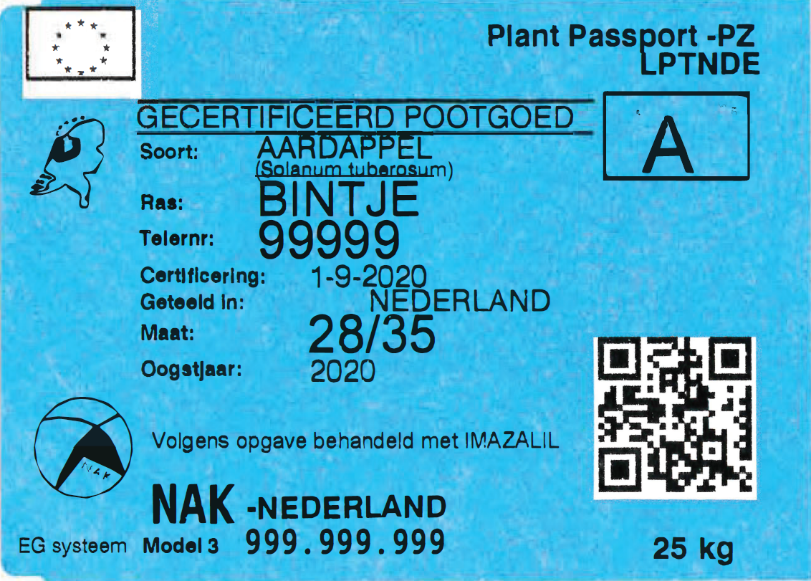Seed potatoes in the Netherlands
Potato is an important crop in the Netherlands. It would be impossible to grow good, healthy potatoes without high quality seed.
The Dutch seed potato sector is specialised in the production of high quality seed. Breeding companies continuously develop new varieties for different environments and purposes. Specialised farmers produce seed of over 300 varieties, and more than 900,000 tonnes are certified each year. Trade companies bring these to market worldwide.







